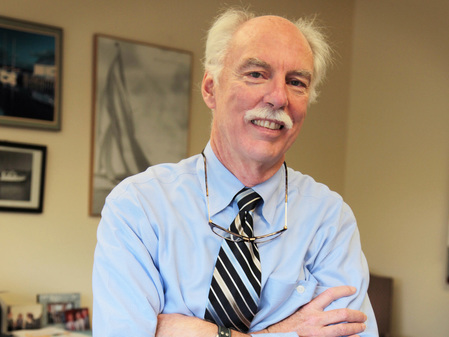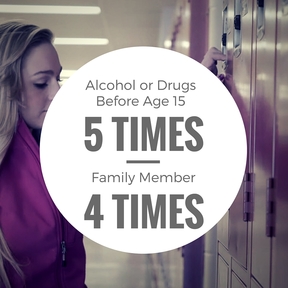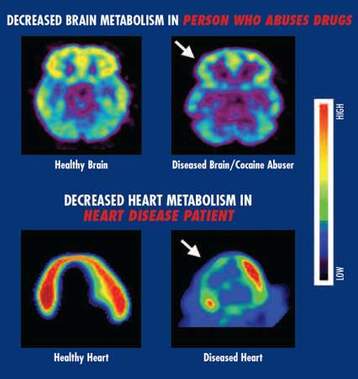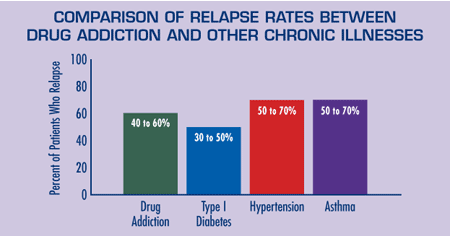Addiction is not due to a of lack of willpower. Nor is it a mental illness. Addiction is a chronic, progressive, relapsing brain disease. Chronic diseases don’t really go away but a person can recover with regular care and attention to avoid getting worse or dying. A person does not choose to become an addict, the person’s body responds differently when exposed to alcohol and drugs. Being addicted to alcohol or drugs does not make a person flawed or wrong. They just need help and regular care and attention.
It is likely each of us will know someone living with addiction or alcoholism in our lifetime as it affects many of us.
22 million Americans are struggling with addiction. We talk about those struggling more often than those living in recovery.
Recovery means that they are no longer active in their addiction/alcoholism. Another 23 million Americans are living in recovery. When we combine those struggling and those in recover from the disease of addiction —nearly 50 million Americans are affected.





